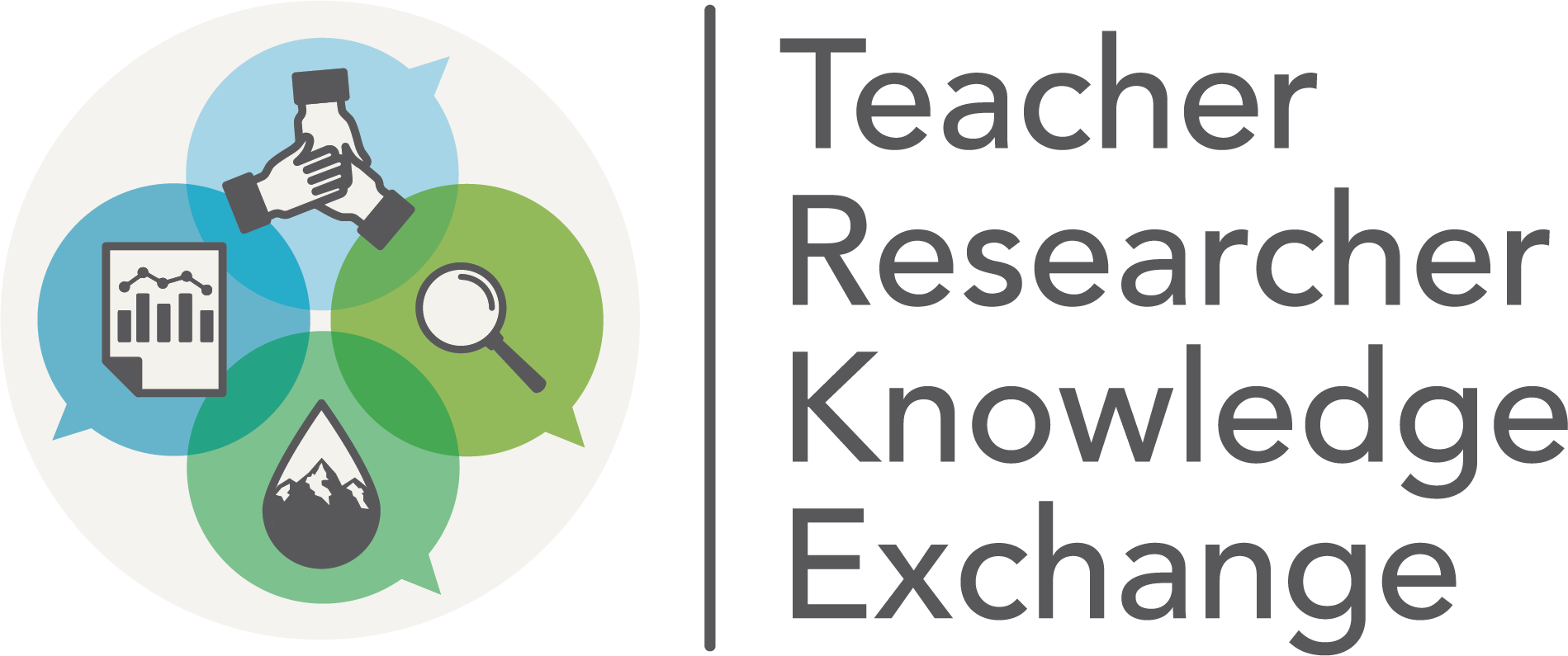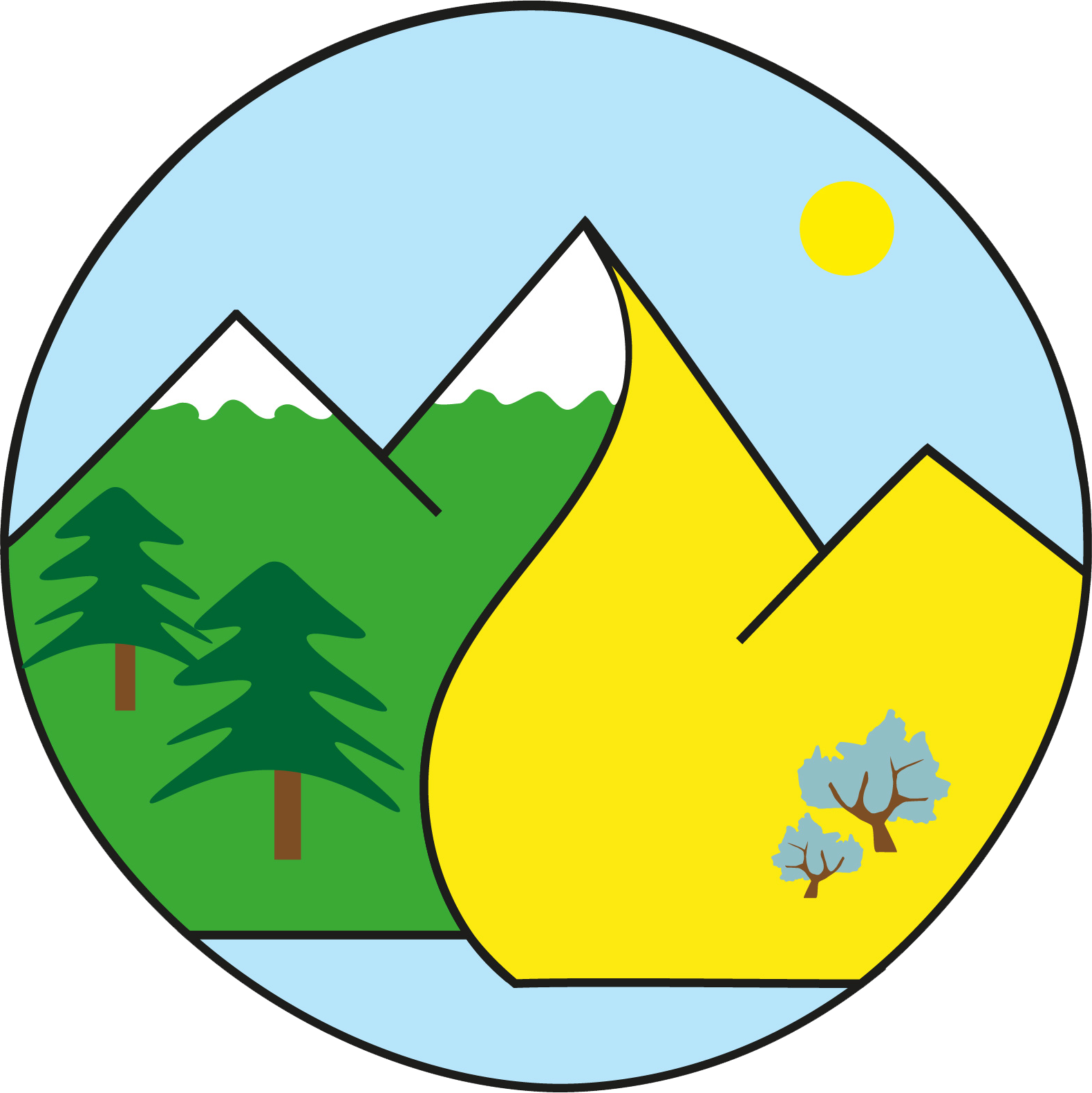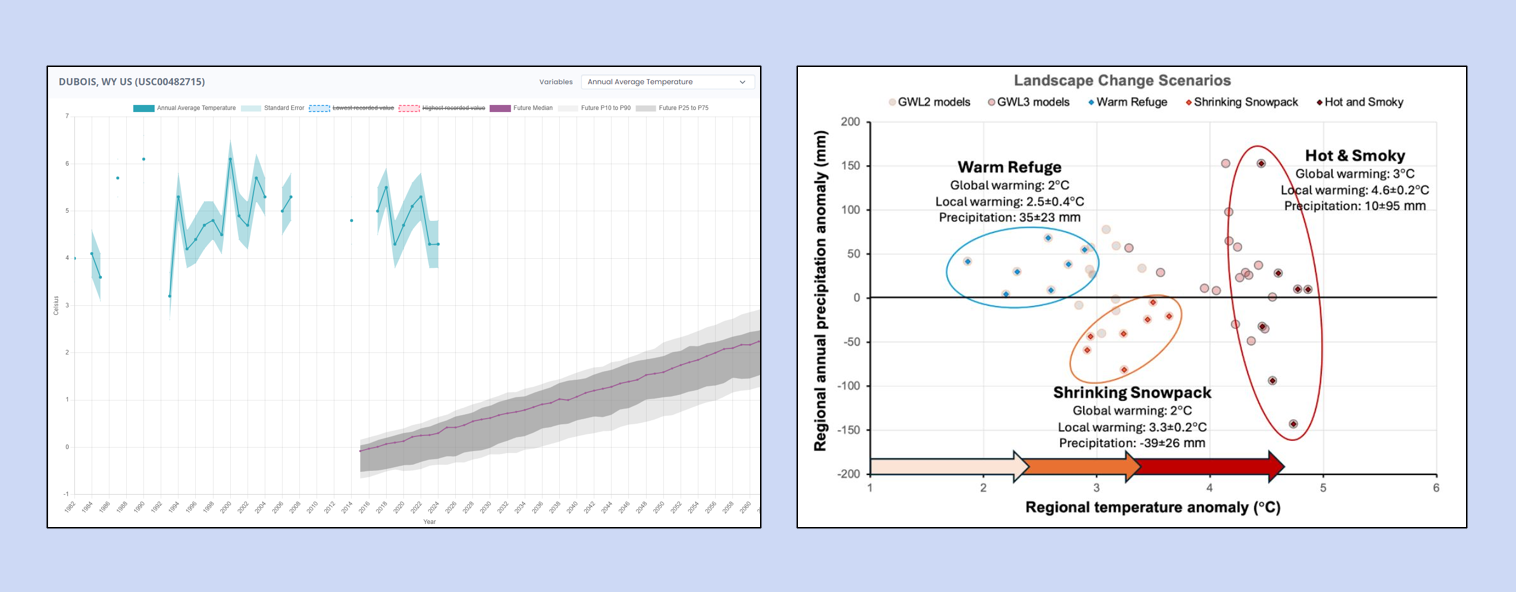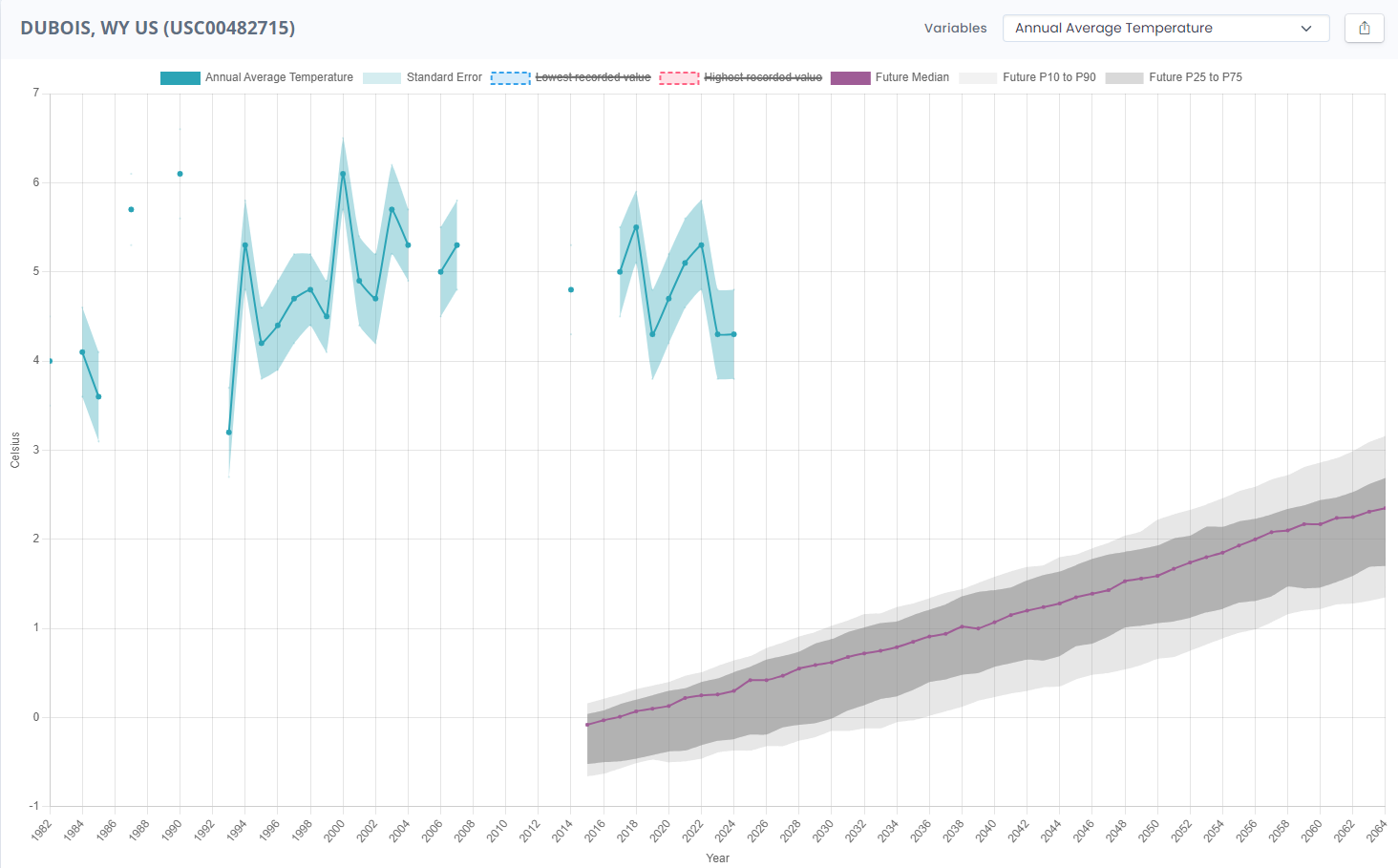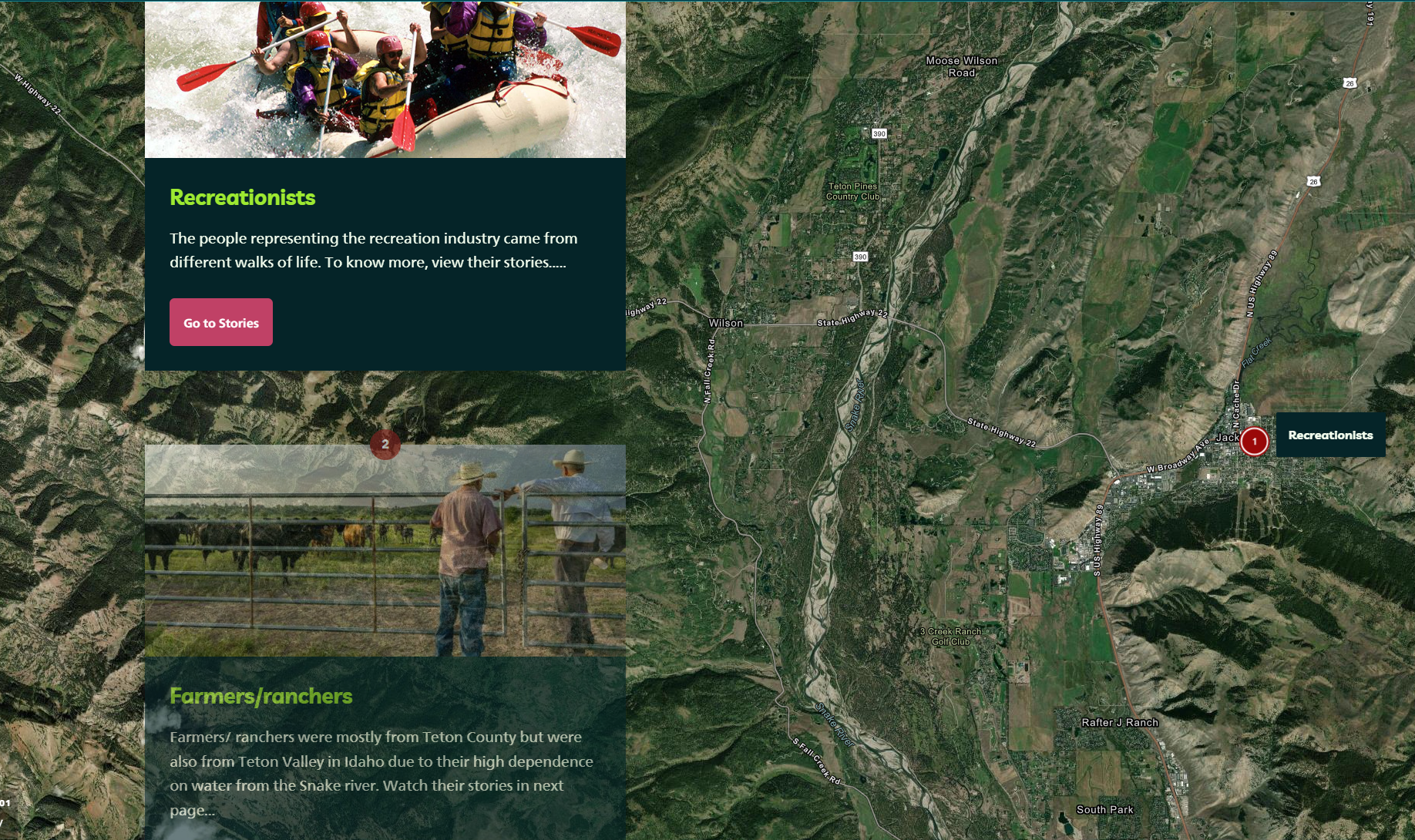Overview
Two University of Wyoming researchers, atmospheric scientist Dr. Stefan Rahimi and social scientist Dr. Anderson de Figueiredo, collaborated to show how biophysical and social scientists explore and communicate uncertainty. Stefan guided participants through a WY-Adapt dashboard to compare observed weather station data with climate model projections, illustrating uncertainty from model bias and variability. Anderson introduced scenario narratives to show how uncertainty can be translated into plausible futures that connect to people's livelihoods and decision-making. Together, their approaches show how data and narratives can be combined to make uncertainty both scientifically meaningful and socially actionable.
Check out Stefan's Model Bias Activity
Check out Anderson's Scenario Planning Activity
Goals
- Demonstrate how uncertainty appears differently in biophysical data versus social science
- Use climate data and scenarios to make uncertainty meaningful and relevant to real-life decisions
- Help learners view uncertainty as a tool for exploration, not a barrier to action
Implementation & Outcomes
- Stefan and Anderson showcased their activities with TRKE participants
- Through guided discussions, learners explored what uncertainty means in both biophysical and social science contexts
- By connecting scientific data and narratives, learners consider how uncertainty informs real-world decisions
Resources & Links
- Model Bias Activity
- Scenario Planning Activity
- WY-Adapt Dashboards
- Check out this Uncertainty educational resource to see how Stefan's model bias activity was adapted to align with the Moment of Uncertainty framework and used in four high school classrooms
Contact for More Information
For more details about this program or to learn how to incorporate similar activities in your school, please reach out to the TRKE program coordinators at smtcpd@uwyo.edu.
